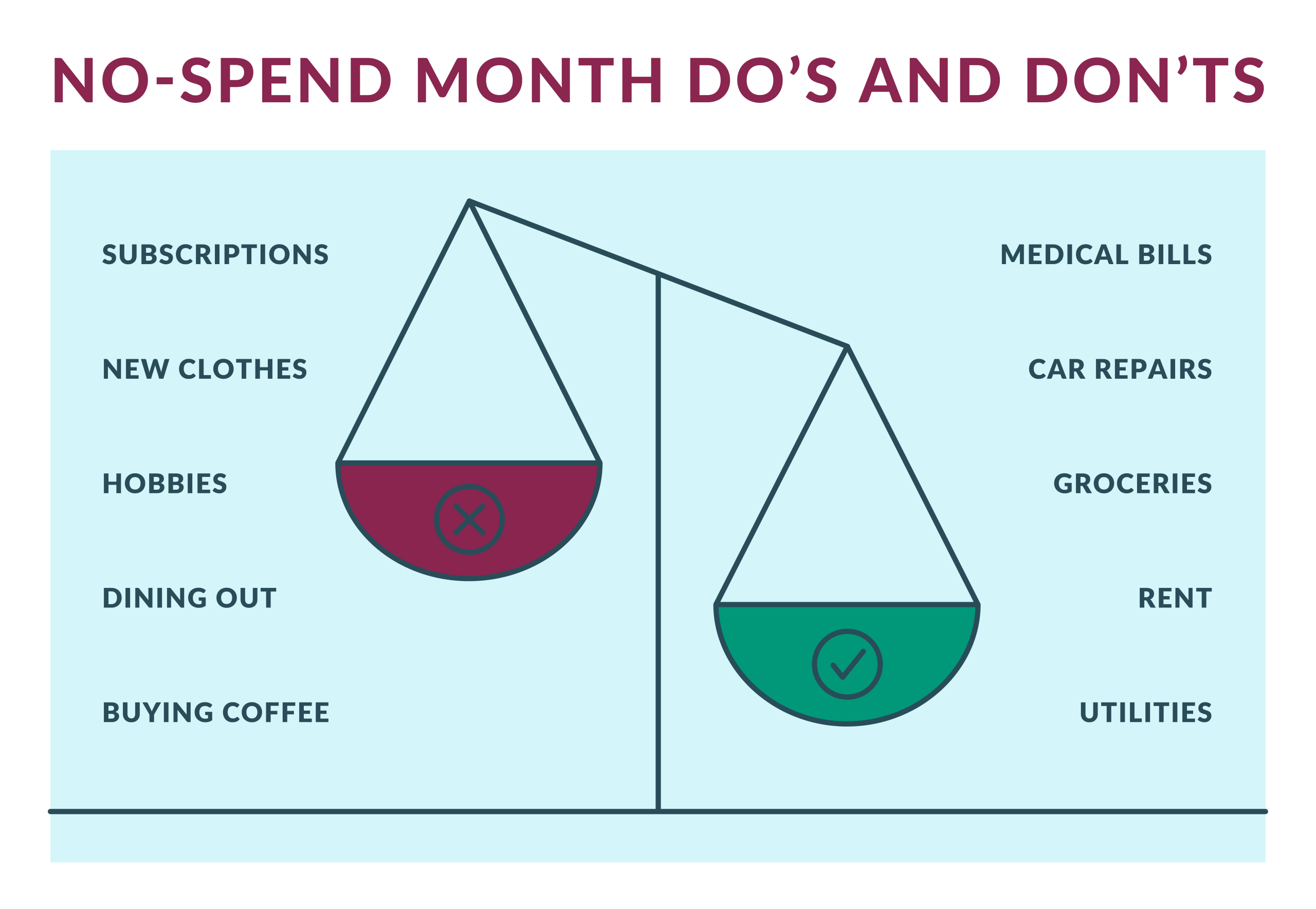Anúncios
Mortgage refinancing fundamentally involves replacing your current mortgage with a new one, but with more advantageous terms.
Refinancing a mortgage is a smart financial strategy that can generate significant savings for property owners in the United States.
For a lower interest rate, reduced monthly payments, debt consolidation, or changing the loan term, mortgage refinancing offers various possibilities to optimize your finances.
This content covers all aspects of mortgage refinancing, from understanding the process to practical tips for finding the best rates and a detailed step-by-step guide to help you.
What is Mortgage Refinancing?
Mortgage refinancing is the process of replacing your existing mortgage with a new loan. With this, you effectively pay off your current loan with the funds from the new loan.
The goal of refinancing is to improve the terms of your loan and lead to long-term financial savings.
The most common reasons for refinancing include:
- Obtaining a lower interest rate;
- Reducing monthly payments;
- Changing the type of mortgage (from variable rate to fixed, for example);
- Consolidating other debts into a single monthly payment.
Thus, refinancing is a very useful tool for homeowners looking to optimize their finances and achieve greater financial stability.
How Does the Mortgage Refinancing Process Work?
Mortgage refinancing involves several steps, similar to the process of obtaining an original mortgage. First, you should research different lenders and compare the interest rates and terms offered.
Next, you need to complete a refinancing application, providing information about your financial situation, including income, credit history, and property details.
The lender then evaluates your application and, if approved, you go through the property appraisal process. After the appraisal, they issue a final approval and you can close on the new loan.
Thus, refinancing requires organization and research, but the long-term benefits can be worthwhile.
When is the Right Time to Refinance a Mortgage?
Determining the right time for mortgage refinancing depends on several factors, including current interest rates, your personal financial situation, and your financial goals.
Generally, it is advantageous to consider mortgage refinancing when interest rates drop significantly compared to your current rate.
Situations where mortgage refinancing can be beneficial include when:
- You want to switch from a variable-rate mortgage to a fixed-rate;
- You seek to shorten the term of your loan to pay off the mortgage faster;
- You want to consolidate higher-interest debts into a single loan with a lower interest rate.
Therefore, carefully analyzing these factors will help you determine if mortgage refinancing is the best option for you. But remember that this solution should be considered as a long-term financial strategy.
Understand the Costs of Mortgage Refinancing
Mortgage refinancing involves costs, just like obtaining a new mortgage.
These costs, also known as closing costs, can include appraisal fees, loan origination fees, title insurance fees, notary fees, and other administrative charges.
Therefore, it is important to understand all the costs involved in mortgage refinancing before proceeding.
Some lenders offer no-closing-cost refinancing options, but this usually means the interest rate will be slightly higher.
Reaching the break-even point, that is, the time it will take to recoup the closing costs through monthly savings, is crucial to determine if mortgage refinancing is financially advantageous. Mortgage refinancing requires careful financial planning.
Tips for Finding Good Rates for Mortgage Refinancing
Finding good interest rates is key to reaping the benefits of mortgage refinancing.
Thus, researching different lenders, including banks, credit unions, and online lenders, is great for comparing rates and terms offered.
Improving your credit score can help you qualify for lower interest rates. Using online refinancing calculators can also help you estimate your potential savings and compare different scenarios.
Likewise, comparing offers from different lenders is a super important step in the mortgage refinancing process, so do not forget.
Step-by-Step to Conduct Your Mortgage Refinancing

Refinancing a mortgage can bring doubts, but following an organized step-by-step process makes it clearer and more efficient. Well-planned refinancing can bring significant financial benefits.
1. Have a Defined Goal
Before starting the mortgage refinancing process, clearly define your goals. Do you want to reduce your monthly payments? Obtain a lower interest rate? Consolidate debts?
After all, having a clear goal helps you choose the right type of refinancing and make good decisions, with support on the information and being assertive throughout the process.
2. Choose the Type of Refinancing
There are different types of refinancing, including rate and term refinancing, cash-out refinancing, and VA refinancing.
Each type caters to different needs, customer profiles, and objectives. Research the available options and choose the one that best fits your situation.
There are various options for different profiles of homeowners.
3. Select a Lender
Research and compare different lenders, including banks, credit unions, and online lenders. Compare interest rates, closing costs, loan terms, and customer reviews.
Choosing a reliable lender with good rates is crucial for successful mortgage refinancing.
4. Gather All Documents
Prepare all necessary documents, including proof of income, bank statements, tax returns, and information about your property.
Having all documents organized will expedite the approval process for your mortgage refinancing.
5. Lock Interest Rates
Once approved, lock in the interest rate to ensure you get the agreed rate. Interest rates can fluctuate, so locking them in protects you from potential increases.
After the initial approval of your refinancing application, the lender offers you an interest rate. However, this rate varies as market conditions change. This is where “locking” or fixing the rate comes in.
Locking the rate is an agreement with the lender that guarantees the offered interest rate for a specific period, usually between 30 and 60 days, but subject to change.
Even if interest rates rise in the market during this period, your rate remains the same.
The main advantage is protection against interest rate increases. If you do not lock the rate and rates rise before your refinancing closes, your monthly payments and the total cost of the loan will be higher.
To lock the rate, the best time depends on your risk tolerance and expectations regarding the interest rate market.
If you believe rates may rise, it is advisable to lock them as soon as possible after the initial approval. Talk to your lender to understand the locking options and costs involved.
Some offer a “float-down” option, which allows you to get a lower rate if market rates fall during the locking period, for a fee.
Others may charge a fee to lock the interest rate. Be sure to understand the costs involved before agreeing to the lock.
The duration of the locking period is important. If the refinancing takes longer than the locking period, the rate may expire, and you will negotiate a new rate, possibly higher.
6. Prepare for the Home Appraisal
Prepare your home for the appraisal, ensuring it is clean and organized. The appraisal is an important step in the mortgage refinancing process and can influence the value of your loan.
The lender needs to determine the fair market value of your property to secure the loan.
Thus, a professional and independent appraiser visits your home to inspect it and determine its market value.
The appraiser takes into account various factors, such as the size of the house, location, condition, features, and recent sales of comparable properties in the area.
This appraisal determines the value of your property, used to calculate the loan-to-value ratio (LTV). The LTV is the percentage of the property value that is being financed. A lower LTV generally results in better interest rates.
A clean, organized, and structurally sound home makes a good impression on the appraiser.
After the appraisal, the appraiser responsible delivers a report to the lender. If the stipulated value is lower than expected, it may affect the amount of your loan and your refinancing options.
You can challenge the appraisal if you have evidence that the value is incorrect.
Understanding the importance of locking interest rates and preparing for the home appraisal will make you more prepared to enter the mortgage refinancing process and achieve the best possible results.
Remember to always communicate with your lender and clarify any doubts you may have.
7. Close the New Loan
After final approval and the home appraisal, you can close on the new loan.
Review all final documents carefully before signing. Mortgage refinancing is realized with the closing of the new loan.
Throughout this content, we have seen that this is a valid mechanism for property owners seeking to improve their finances.
With proper planning and research, mortgage refinancing can result in significant savings and greater financial stability!
Take note of all the tips, and also read this publication about mortgage pre-approval and understand.






